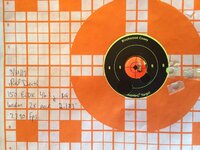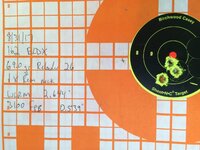- Messages
- 154
- Reactions
- 225
I think I screwed up! This is only my second round of reloading from start to finish. I guess I should have resized and then measure my brass after. I measured everything first and my 7mm Rem Mag brass was all below 2.500" and then after I resized them I put primers in all 65 cases. I then remeasured a couple and now about half of them are 2.502"-2.505"! Is this going to be OK or do I have to throw them out. I guess I am confused if the measurement is 2.50" or 2.500" for the max. I feel really stupid. I guess I should be cleaning, resizing, trimming and then primer. I did cleaning, trimming, resizing, priming the first time, but it was only 20rds so somehow got lucky and they stayed under 2.500"













